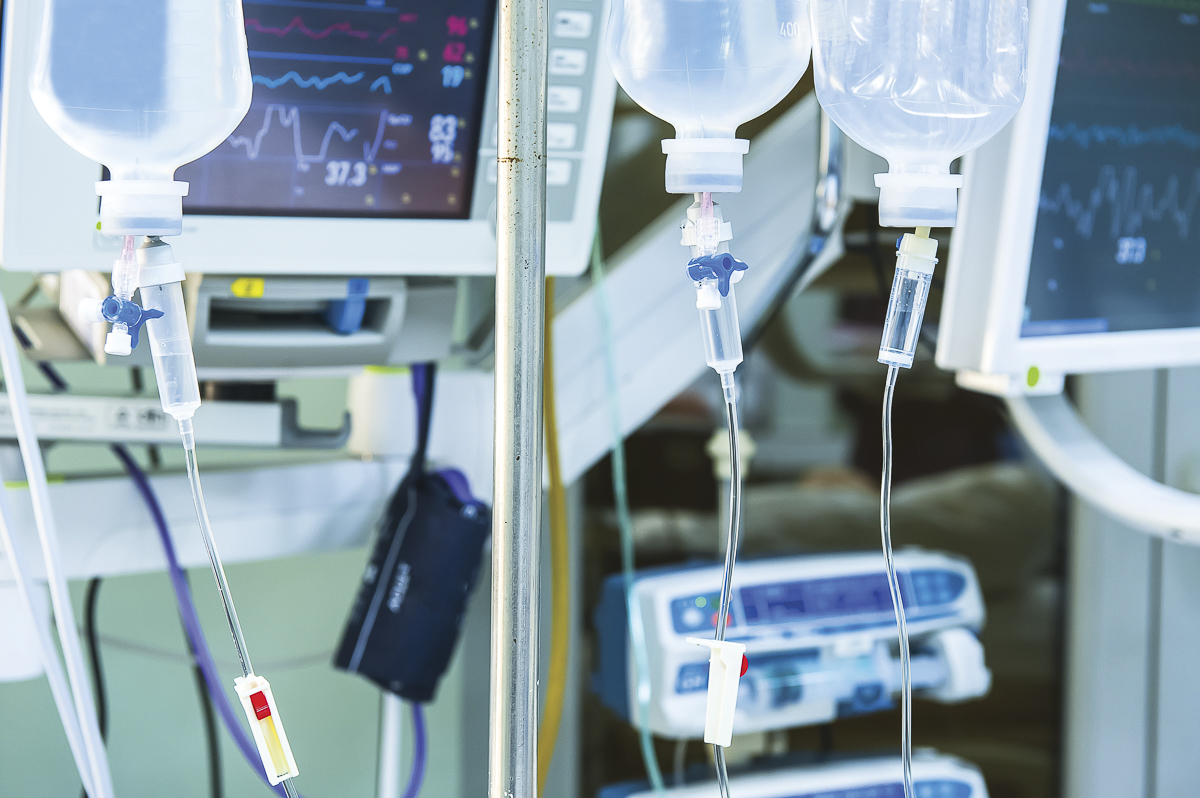In the 1980s, the cancer survival rate was less than 50%. Today, almost seven in 10 Australians will survive for at least five years after a cancer diagnosis, and in some cancers the survival is as high as 90%. This is due to treatments with chemotherapy, radiotherapy, surgery, immunotherapy, hormone therapy and targeted therapy.

Unfortunately, some therapies required to cure or control the cancer are cardiotoxic. This can lead to subclinical and clinical heart failure (HF) in patients with or without underlying cardiac risk factors. Cancer therapeutics related cardiac dysfunction (CTRCD) might lead to interruption or alteration of cancer therapy. Some patients can present weeks and years after treatment.
Cardiotoxicity as a result of cancer treatment has various manifestations, including myocardial dysfunction and heart failure, coronary artery disease, valvular dysfunction, arrhythmias including QT prolongation, arterial hypertension, thromboembolic disease, peripheral vascular disease, pulmonary hypertension, and pericardial disease.
Diagnosis of cardiotoxicity
Transthoracic echocardiogram (TTE) is the most commonly used modality due to its availability and reproducibility. Global longitudinal strain (GLS) assessed via 2D speckle tracking echocardiography has been widely studied and is the tool for early detection of subclinical LV dysfunction.
Cardiac MRI or MUGA (Multigated Acquisition scan) can be used if TTE is not technically feasible or available. Cardiac troponins are the gold standard biomarkers for the diagnosis of myocardial injury. Elevations in BNP are more reflective of abnormal filling pressures and may be less consistent in the detection of subclinical LV dysfunction.
Classification and management
Based on TTE and biomarkers, Pareek et al suggested a six-step classification of myocardial toxicity from their cardio-oncology service and management strategies seen below in table 1 (adapted from European Journal of Heart Failure).
Continuing cardiotoxic cancer therapy may be suitable in selected cases depending on the risk/benefit ratio, severity of left ventricular impairment, symptoms, cancer stage and response. If LVEF falls below 50%, then incorporate either biomarker elevation or GLS reduction (< 18% if normal at baseline, or <15% relative reduction of GLS if reduced at baseline).
If ACE Inhibitors or beta blockers are not tolerated, or the patient is already taking these agents when cardiotoxicity is diagnosed, consider adding aldosterone antagonist. If LVEF is below 35% follow the European Society of Cardiology HF guidelines regarding eligibility for cardiac resynchronisation therapy, sacubitril/valsartan and ivabradine
Morbidity and mortality related to cardiotoxicity can be reduced by early risk factor modification, timely identification of cardiotoxicity, initiation of cardioprotective medical therapy, referral to appropriate specialists and development of a multidisciplinary approach.
Table 1
| Group | Classification | Definition | Management strategies | |
| Oncology therapy | Cardiology therapy | |||
| 1 | Early biochemical cardiotoxicity | New BNP or trop I rise but with normal cardiac imaging | Continue | Cardio-oncology review.
Consider closer monitoring, or start low dose ACEI or BB. |
| 2 | Early functional cardiotoxicity | New reduction in GLS or grade III-IV diastolic dysfunction and normal biomarkers | Continue | Cardio-oncology review.
Consider closer monitoring, or start low dose ACEI or BB. |
| 3 | Early mixed cardiotoxicity | Normal LVEF with abnormal biomarkers and GLS/diastolic dysfunction. | Continue | Cardio-oncology review.
Start low dose ACEI or BB. |
| 4 | Symptomatic HFpEF | Symptomatic HFpEF | Interrupt and review risk/benefit | Cardio-oncology review.
Diuretic for fluid congestion, ACEI or BB if continuing cancer therapy. |
| 5 | Asymptomatic LVSD | New LVEF reduction to <50% or a reduction in LVEF >10% to a LVEF <55%. | Review and balance risk/benefit | Cardio-oncology review.
Start ACEI and/or BB and up-titrate to 50-100% target dose for HF as tolerated. |
| 6 | Symptomatic LVSD | Symptomatic reduction in LVEF <50%, or a reduction in LVEF >10% to a LVEF <55%. | Interrupt and review risk/benefit | Cardio-oncology review.
Start ACEI and/or BB and up-titrate to 100% target dose for HF as tolerated. |
Key messages
- Cancer survival has increased significantly
- Chemotherapy agents can be cardiotoxic
- Morbidity can be minimised by early recognition and management
References available on request.
Questions? Contact the editor.
Author competing interests: nil
Disclaimer: Please note, this website is not a substitute for independent professional advice. Nothing contained in this website is intended to be used as medical advice and it is not intended to be used to diagnose, treat, cure or prevent any disease, nor should it be used for therapeutic purposes or as a substitute for your own health professional’s advice. Opinions expressed at this website do not necessarily reflect those of Medical Forum magazine. Medical Forum makes no warranties about any of the content of this website, nor any representations or undertakings about any content of any other website referred to, or accessible, through this website.


